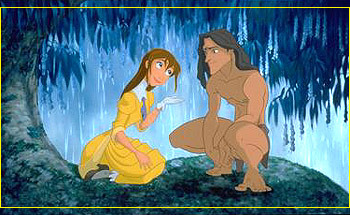DaViD Boulet
Senior HTF Member
- Joined
- Feb 24, 1999
- Messages
- 8,826
Just noticed this as dvdfile today:
In other Warner news, the studio has also announced a June 10th street date for the James Dean classic Giant, which will be released as a double-disc special edition with plenty of extras. The film is presented in 1:66:1 anamorphic widescreen and Dolby Digital 2.0 surround audioOk, either it's misinformation...
OR
Warner Brothers is about to release their first 1.66:1 aspect ratio transfer in 16x9/anamorphic form.
Every studio except Warner and MGM have been 16x9 encoding their 1.66:1 titles for years...many Disney animated classics are examples of this.
For those of you not-in-the-know about the importance of this here's the deal. 1.66:1 titles gain considerable resolution (though not quite the normal 33%) by 16x9 encoding. The slight "pillarboxing" to the left/right of the image is hidden by overscan on 99% of the populations 4x3 NTSC TVs so J6P has no problems watching such transfers on his TV . But even more important is that the transfer now can be PROPERLY viewed on a calibrated 16x9 display...which is something that you just can't do with a 4x3 letteboxed 1.66:1 transfer outside of some fancy scaler with a custom zoom. Movies like Babette's Feast with subtitles benefit significantly on 16x9 displays...as "zooming" such 4x3 lbxed encoded transfers either cuts off heads...subtitles...or both.
Thoughts about "GIANT" and it's 1.66:1 16x9 status???
















